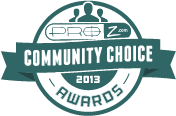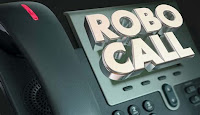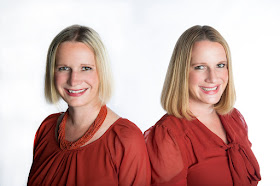 |
| Screenshot from my interview. |
Most colleagues will have heard about one of the big interpreting stories of the year involving Russian interpreter Marina Gross at the Trump-Putin summit in Helsinki, Finland. It was a fascinating story that resulted in a lot of important discussions within our profession and beyond, and we won't recap the details here today (but you can read more here and here and here). In this blog post, we do want to tell you about Judy's experience of being on CNN in her role as one of the ATA spokespersons. We've gotten a lot of questions about what it's like to be on national television, so here are a few thoughts that you might find interesting, including details on how it all happened:
- CNN woke me up at around 7:15 a.m. I have this cool app called Hiya that easily identifies numbers on my business cell phone, and my heart skipped a bit when I saw it was CNN. The story had partially broken the day before and I'd already given one phone interview, but I didn't have many details, including the name and even the gender of the interpreter in question (I later learned her name was Marina Gross), so I was dealing with incomplete information, which I hear is not atypical.
- I talked to the producer in Washington D.C. and they asked me how soon I could be in a Vegas studio to record a segment for Jake Tapper's show, which was due to air at 1 p.m. Pacific that day. Given that I was still in my Snoopy pajamas, I said I could be there in 90 minutes. I've never been on national television before, but I did have the foresight to ask if there would be a make-up artist there, and was told that there would be.
- The studio is located in a non-descript strip mall right behind the famous Las Vegas Strip, and it's very professional-looking and a bit intimidating. CNN rents space there when they need to record interviews, as I don't think they have permanent studios in Vegas. I managed to get there 15 minutes early, but was told we only had six minutes for make-up, which was later increased to 17 minutes (yes, this is all a bit stressful). The make-up artist was a lovely German lady who took great care of me and even took a stab at my hair, which I had tried to do myself in a haste. It looked a lot better after she worked on it for five minutes. She's a pro!
- I was still wearing a big and cumbersome orthopedic boot (up to my knee) following Achilles tendon repair surgery, which made getting into the make-up chair a bit of a struggle, but no one could see the goofy boot on television, for which I was grateful. I had been afraid it would be one of those interviews where you can see interviewees' entire bodies, but only the top of my body was to be visible in the recording (I asked).
- After make-up is done you are allowed to drink water, but only with a straw as to not mess up the lipstick. It was 110 degrees outside and I was parched and was afraid my voice would sound scratchy, so I drank as much as I could. They ushered me into the studio--lots of bright lights!
- There's a backdrop of the Las Vegas Strip, but it's not live shot nor is there a window, of courses, so it's a fake (I never knew that). It's a real moving image, but it's just not a view from where I was. The studio is pretty bare bones: just lights, a chair, a small table, some computers, a camera and a camera operator. There's no one there in the same room to interview you, which feels a bit strange.
- The producer who interviewed me was in D.C., and I do believe he's the same person who called me earlier that morning. It all happened so quickly I didn't even have time to ask! You get a headset in your ear (covered by my hair) and that's where the voice comes from. I was asked to not look into the camera, but to look six inches to the left, which is easier said than done.
- The interview wasn't live, which is a good thing for a national television newbie like myself. I was quite nervous when it started, but things got better as we went along. I got some pleasant questions and some trickier ones, and I tried to stick to the important talking points we have at the American Translators Association and avoided speculating about things I don't know. As opposed to a few years ago, I now feel quite comfortable saying, "I don't know." I made sure to emphasize that I am not a diplomatic interpreter, but that I was going to speak about the profession and the code of ethics in general terms.
- In general, the interview was quite pleasant and I don't think I got any questions that were meant to set me up to say something I didn't want to. I felt quite comfortable through most of it, but your brain is working overtime to make sure you get the right points across and don't say something stupid (yes, that was a real fear that I had). The interview lasted about 15 minutes, and at the end I was asked if I wanted to add something, so of course I could not resist and explained the difference between translation and interpretation. In spite of pontificating about this, the text above my name on the show read "Translating Trump." I tried.
- And just like that, it was over. The camera operator and the make-up artist were the only other persons in the room while the interview were taken place, and they told me I did great, even though I suspect they tell all interviewees that. Roughly 30 seconds of my interview made it to the broadcast, and I was pleased with the way I sounded, although of course in retrospect you always have better ideas. Most of my best ideas came to me in the car afterwards, as expected! I had to almost run out if the studio to make it to my conference interpreting assignment, which was down the street, which is part of the reason CNN picked this particular studio--I was on a tight schedule that day.
So that's it, dear fellow interpreters and translators! Being on CNN was a bit scary, but it was also a big honor to represent our profession.

















